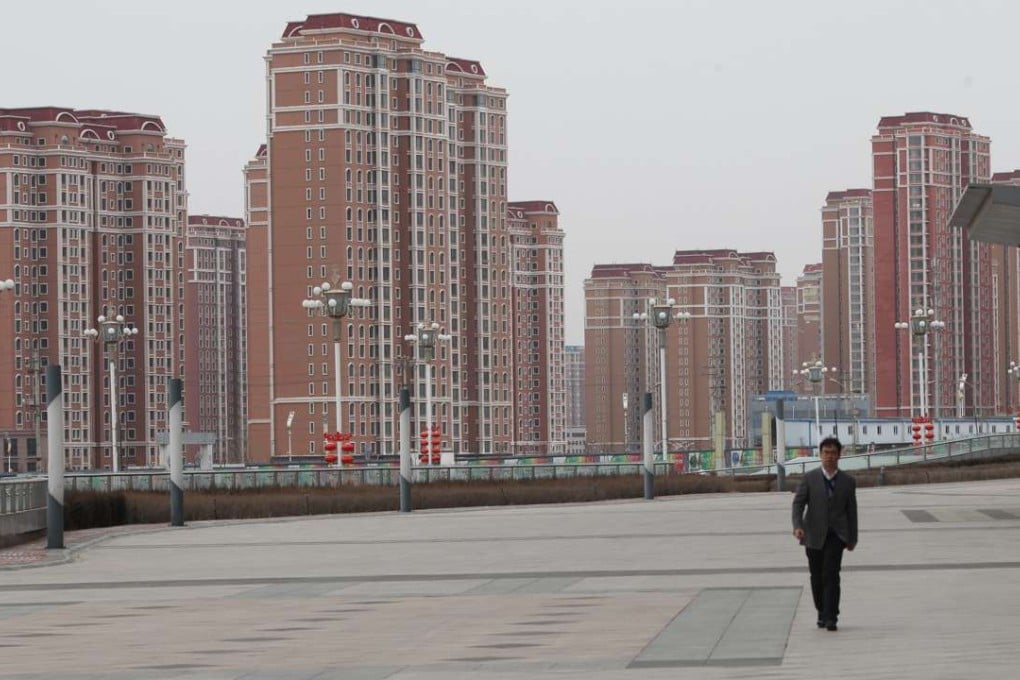How China’s rush to urbanise has created a slew of ghost towns
Premier Li Keqiang saw process as a key driver of economic growth but doubts are emerging

Six skyscrapers overlooking a huge, man-made lake once seemed like a dazzling illustration of a city’s ambition, the transformation of desert on the edge of Ordos in Inner Mongolia into a gleaming residential and commercial complex to help secure its future prosperity.
At noon on a cold winter’s day the reality seemed rather different.
Only a handful of people could be seen entering or exiting the buildings, with hardly a trace of activity in the 42-storey skyscrapers.
The complex opened five years ago, but just three of its buildings have been sold to the city government and another is occupied by its developer, a bank and an energy company. The remaining two are empty – gates blocked and dust piled on the ground.
Yang Xiaolong, a security guard in his early twenties, said he was hopeful the good times would come.
“This is a good place, with modern buildings, grand plazas and many tourist attractions,” he said. “Once there are more people and businesses, the city will be more lively.”
